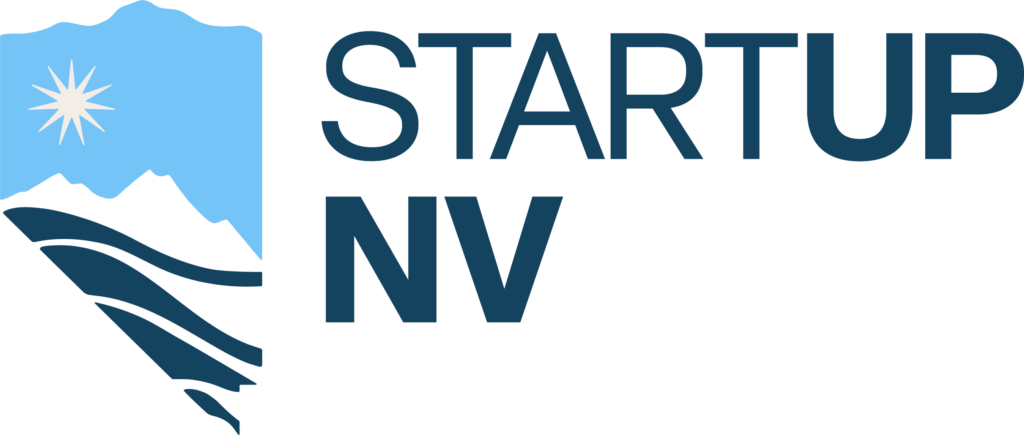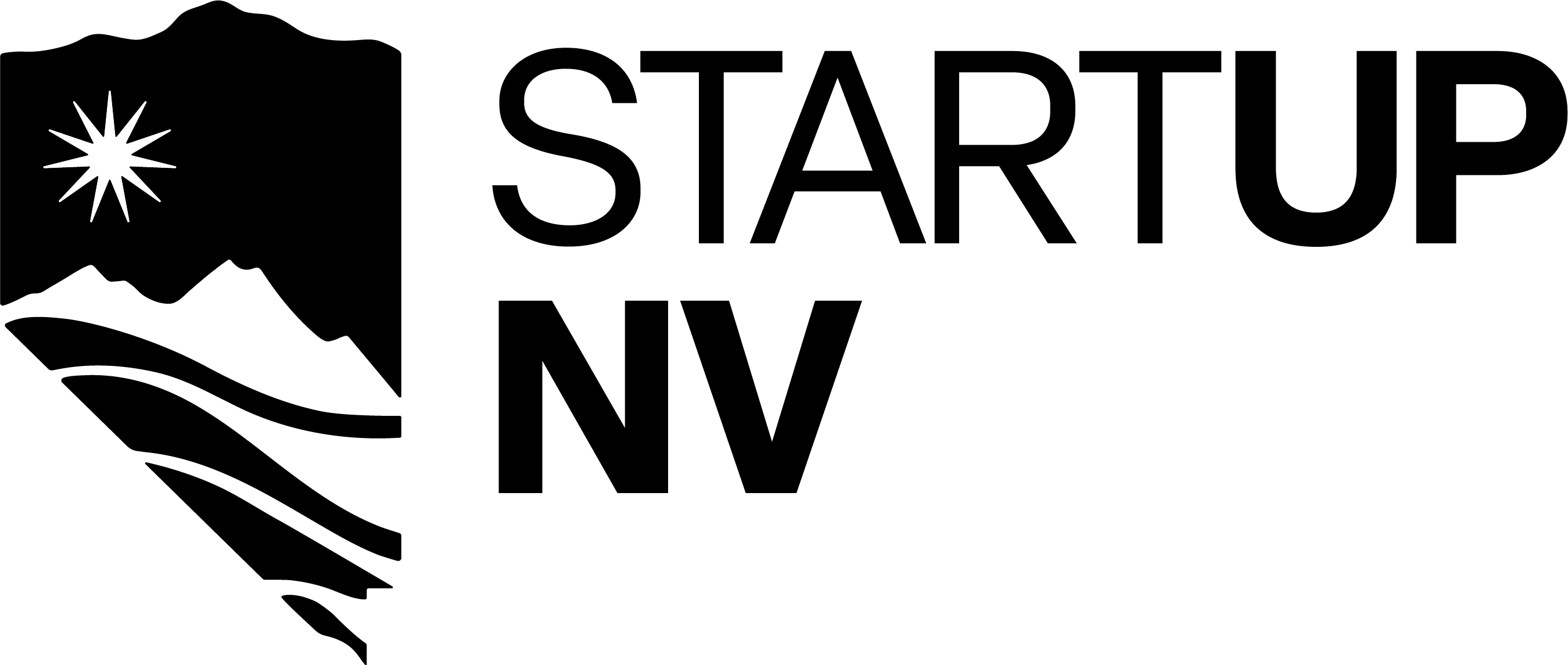The Secret to Building a Strong Startup Advisory Board
Every founder has blind spots. It doesn’t matter how talented, experienced, or driven you are—there are gaps in your knowledge, perspective, and network. That’s where a strong advisory board comes in.
The best founders see advisory boards as an extension of the team, a group of people who can accelerate growth, open doors, and keep them from making costly mistakes. Yet too many startups treat the advisory board as an afterthought. They pull together names for credibility but never actually leverage the group.
Here’s the truth: a strong advisory board can be a startup’s major advantage. But only if it’s built intentionally.
What Makes an Advisory Board Valuable?
An advisory board is not a board of directors. Advisors don’t govern, and they don’t have fiduciary responsibility. That means you can shape the relationship in a way that works for your startup. The best advisory boards provide three things:
- Expertise you don’t have.
- Access to networks you can’t reach on your own.
- Perspective when you’re too close to the problem.
If your advisors aren’t providing at least one of these, you may have the wrong people in the room.
How to Choose the Right Advisors
Founders often chase big names for their advisory boards. It feels good to say that a well-known investor or CEO is advising your startup. But the name doesn’t matter if they don’t show up for you. The best advisors are the ones who pick up the phone, make introductions, and give you honest feedback.
Look for people who fill gaps. If you’re a technical founder, find advisors who understand go-to-market, business and sales. If you’re a sales-driven founder, find advisors with product depth. Think about the next 12-18 months of your roadmap and ask: who can help me get there faster?
Compensation and Structure
Advisory roles should be formalized, even if they’re part-time. Most advisors are compensated in equity, usually a fraction of a percent, vested over one to two years. That structure makes sure both sides are invested without putting too much strain on your cap table.
Clarity is key. Define expectations up front:
- How often will we meet?
- What specific areas will you advise on?
- What outcomes should we expect?
The more specific you are, the more value you’ll get.
How to Get the Most Out of Your Advisors
Be specific. If you bring them vague problems, you’ll get vague answers. The founders who benefit the most are the ones who come prepared. Send an agenda before meetings. Share updates on progress and challenges. Ask for introductions to specific companies or investors, not just “help with networking.”
Treat your advisory board like a team, not a trophy. Give them context, make them feel included, and show them that their advice actually impacts the business. Nothing motivates an advisor more than seeing their contribution make a difference.
When to Build an Advisory Board
Don’t wait until you’re in crisis mode. The best time to start building your advisory board is before raising your first outside capital and preparing for growth. Early-stage advisors can make the difference between a startup that stalls and one that takes off.
If you’re pre-revenue, start with 1-2 advisors you trust. As you scale, expand. A mature startup might have 5-7 advisors with different areas of expertise. Beyond that, it becomes unwieldy.
Red Flags to Avoid
Not all advisors are created equal. Be cautious of anyone who asks for equity upfront without proving value. Avoid advisors who are spread too thin—they won’t prioritize your startup. And watch out for “advisors” who are really just angling for a consulting gig.
Your advisors should be aligned with your mission, excited about your vision, and genuinely invested in your success.
Final Thought
The secret to building a strong advisory board isn’t rocket science. It’s about intention, clarity, and trust. Surround yourself with people who complement your strengths, challenge your thinking, and open doors you can’t open yourself.
A strong advisory board doesn’t guarantee success—but it makes the path less bumpy.


